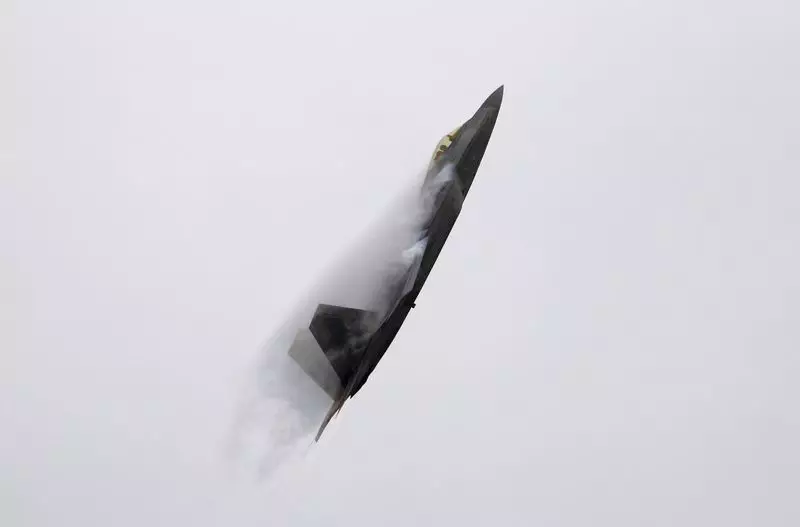The U.S. Air Force’s Next Generation Air Dominance (NGAD) program, initially envisioned as a revolutionary leap in technology, is facing challenges that could lead to a significant reevaluation of its ambitious goals. With a development budget of $28.5 billion over five years, there are concerns that budget pressure, competing priorities, and changing goals may force the program to scale back its objectives. Originally conceived as a “family of systems” centered around a sixth-generation fighter jet to replace the F-22 Raptor, the NGAD program was expected to deliver unmatched stealth capabilities, advanced weaponry, and cutting-edge sensor technology. However, sources suggest that the program’s development budget could be stretched out over a longer period or reduced as the Pentagon searches for a more cost-effective solution.
The current development budget for the NGAD program could face significant cuts, with the anticipated 2026 fiscal-year budget of $3.1 billion at risk of being reduced as funding shrinks. If the program moves forward as planned and produces 200 aircraft, the total cost could exceed $100 billion, including initial costs, maintenance, and upgrades over time. With the Air Force already grappling with cost overruns in other vital programs, such as the Sentinel intercontinental ballistic missile (ICBM) program, the pressure to reassess spending priorities across various modernization efforts is mounting. This has led to considerations of shifting more funding towards a less expensive unmanned drone to address future air superiority needs.
Air Force Secretary Frank Kendall highlighted the need to reevaluate the NGAD program in light of evolving threats, budget constraints, and affordability issues. The concept for the next-generation fighter jet is under review, with the possibility of moving towards a larger single-engine jet instead of the current two-engine design. This shift in focus reflects a broader trend within the Air Force to optimize spending and prioritize cost-effective solutions. Industry experts have suggested that the central platform of the NGAD system, the air vehicle itself, is being reevaluated to ensure that it aligns with the Air Force’s evolving needs and budgetary constraints.
Defense companies such as Lockheed Martin and Boeing have responded to the Air Force’s request for proposal for the NGAD system, indicating continued interest in the program despite potential challenges. While budget constraints and shifting priorities may impact the program’s timeline and scope, the Air Force remains committed to developing a next-generation fighter jet that meets its operational requirements. The possibility of new configurations, such as a single-engine jet or increased focus on unmanned drone technology, highlights the program’s adaptability and responsiveness to changing circumstances.
The U.S. Air Force’s Next Generation Air Dominance program faces significant challenges as it navigates budget constraints, evolving threats, and changing priorities. The program’s ambitious goals and revolutionary technology may need to be reevaluated to ensure it remains cost-effective and aligned with the Air Force’s long-term strategic objectives. By adapting to new configurations, exploring alternative solutions, and fostering industry collaboration, the NGAD program can overcome its current challenges and emerge as a critical component of the U.S. Air Force’s future capabilities.

